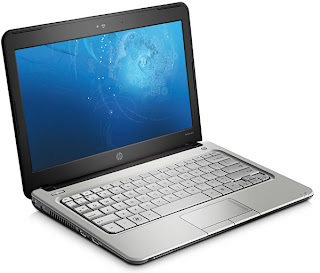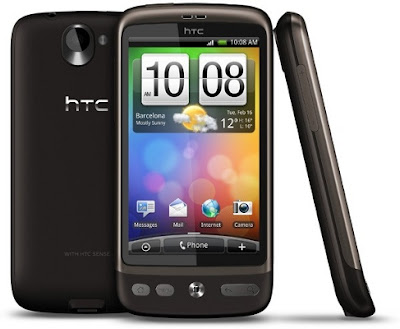Still, when I pressed him on the missing e-mail functionality, he had to acknowledge that that was a problem. He like others I spoke to there, believe that RIM is going to roll out a series of rapid-fire updates to address all of these issues. But then he said something to me that made me realize what a tough spot all tablet manufacturers, besides Apple, are in.
"I'm still not certain there is a tablet market." He said.
"What do you mean? Of course there is. Look at the iPad"
"No, I mean, I'm not sure there is a tablet market, instead of just an iPad market"
In other words, what if RIM, Motorola, Acer, Toshiba, HP and others are chasing something that doesn't even exist? What if consumers simply want to buy an
Apple iPad and not "a tablet?"
Is there a tablet market? The proof of the existence of the tablet market, is the tremendously successful sales of Apple's iPad and the size of the netbook market, which the tablet is supposed to replace. These two matters need to be examined.
iPad sales. Using iPad sales as a gauge for the existence of a large tablet market should be taken with some caution. Despite the large volume of iPad's sold, you have to look at it in the perspective of an Apple user. For several years there was nothing sitting sitting between a a iPhone and 13-inch MacBook. While the MacBook Air was designed to bridge this gap, its price point made unlikely that someone would buy both a MacBook Pro and a MacBook Air. There has long been a clamor for a lower cost Mac OS type device which would afford Mac users a familiar interface on a highly portable device lower cost device. Apple choose to fill this gap with the iPad. Had Apple released a netbook at half the price of their entry level MacBook, I think that would have sold really well too.
Windows users are probably less likely to feel that they have a void the needs filling. A variety of small and light Windows based machine have always been available. iPad sales might only be a good indicator of a demand for a lower cost portable device with a Mac user friendly interface,
Lets face it, there is also a segment who simply wants to buy any device with an Apple on it. iPad sales could also be an indicator of the demand for a low cost Apple devices.
Netbook market. The premise goes this way: There is a netbook market, no one really likes netbooks and the tablet is what everyone has been waiting for to replace it.
Okay, there is no netbook market. Even the name netbook is really just a marketing thing. A netbook is really just a low powered low priced laptop. The low powered part is not even necessarily true these days. The netbook market is really just the ultraportable laptop market. Make cheaper laptops and you will reach a larger market. If you dropped the prices of the 10 to 11-inch Intel ultraportables by half, the netbook market would be gone just like that. A person selects a 10-inch "netbook" because it is cheaper than 10 to 11-inch Intel laptop. It is not an independent market segment.
A June 2009 NPD study found that 60% of netbook buyers never take their netbooks out of the house. This really seems to indicate that the netbook market is really just the market for cheaper computers and not even for cheaper portable devices.
So, the question is, will we give up our ultraportable laptops for tablets? If the answer is yes, than there is a tablet market. If not, the tablet market may be smaller than people think.











































